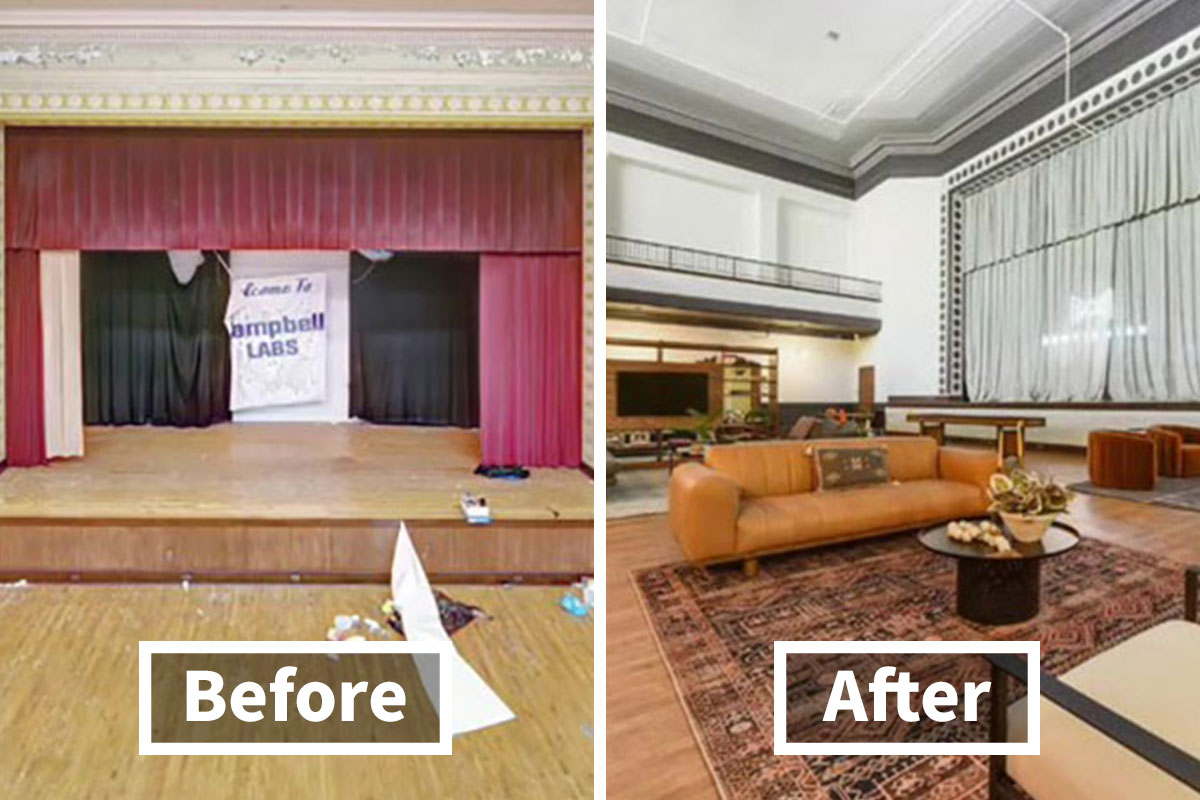
It Took 3 Years To Turn An Abandoned 1929 School Building Into This 31-Apartment Residential House
It would be hard to argue that the place a person lives in – a house, a district, a city – shapes that person’s life. However, sometimes while we are planning cities and building houses, we overlook the huge potential of the existing things and concentrate instead on creating something “completely new”. Simply put, we are overlooking the complexity of things that actually make them interesting and engaging. This might have a damaging effect on such structures as cities and houses, the value of which often relies heavily on them being embedded in their history. Old buildings often have a potential for transformation and this man realized it when he reconstructed an abandoned school into this luxury residential house.
Three men transformed an abandoned school building into a 31-apartment luxury residential house
Image credits: @jessewig
The 34-year-old real estate agent was not sure what he would make out of the building when he bought it for $100k in 2019
Taking both – the history of the building and its potential – into consideration opens the possibility to think about the transformation of a building. Which, in and of itself, is exciting enough, not to mention the additional benefits that might come with it.
This approach was taken by Jesse Wig, a 34-year-old real estate agent who bought a 50,000-square-foot abandoned school building in 2019. Back then, he paid only $100,000 for it and he was not sure what he would do with it.
Together with Adam Colucci, a 35-year-old real estate investor, they discussed various ideas – a co-working space, wedding venue, and beer garden, while they finally settled on a residential building.
After considering various ideas, the two men came to the agreement to turn the building into a residential house
Image credits: @jessewig
The men emphasized that they preserved some of the school’s elements to keep the building’s historical significance
Image credits: @jessewig
Image credits: @jessewig
At this point, Dan Spanovich, a 41-year-old developer and multifamily property manager, joined the project. During the transformation process, classrooms were turned into contemporary, open-concept apartments. The auditorium was made into a community space, and there is a gym with a half-basketball court, weights, and indoor cycling bikes in the building.
The three men working on the project emphasized that beyond making it a comfortable living space, it was important for them to keep the building’s historical significance. For that purpose, they worked closely with National Park Services and preserved some of the school’s elements. “We went out of our way to ensure the school kept its historical significance,” Colluci shared.
Reconstruction of the building started at the beginning of 2020 and wrapped up in October 2021. It contains 31 apartments in total – 27 one-bedroom and 4 two-bedroom apartments.
The leasing started just after the reconstruction was finished and was fully occupied in just six months. The rent amounted to $1,400 a month for 1-bedroom units and up to $1,650 for 2-bedroom units.
After the reconstruction, the building contains 31 one-bedroom and two-bedroom apartments
Image credits: bowtiehigh
The auditorium was made into a community space and there is a half-basketball court, weights, and indoor cycling bikes in the building
Image credits: @jessewig
Image credits: bowtiehigh
Image credits: bowtiehigh
Image credits: bowtiehigh
Image credits: bowtiehigh
Image credits: bowtiehigh
In his article “Stop demolishing useful buildings,” Rafael Gomez-Moriana raises the question of why demolishing old buildings and replacing them with new ones still is widely seen as a sign of “progress” while the transformation of an existing structure is valued less.
Moriana gives several reasons advocating for the contrary. According to him, demolishing perfectly sound, useful structures harms both the environment as well as our collective memory. Taking the climate change problem into consideration, the common approach should shift to one, that maintains and adapts most of the existing buildings, not only these buildings that are listed as historical heritage, instead of demolishing them.
However, Moriana notices that the ecological aspect is just one side of the coin, as replacement of the buildings with new ones “often leads to a much more sterile and soulless environment, especially when this is done on a massive scale.”
Image credits: bowtiehigh
Transformation of the building often helps to avoid harming both the environment as well as our collective memory
Image credits: bowtiehigh
Some former school graduates commented online that seeing the transformation felt surreal but wonderful
OK cool. Here's a challenge: how about creating affordable appartements instead of even more luxury cribs? The kommunal spaces are cool but like this it solves no issues in the housing market and just fills more pockets
Exactly. Since they didn’t tear down and build new, you would think they’d be able to make the apartments more affordable. Maybe not fancy with all the extras, but really, what percentage residents actually ever use the gym facilities on a regular basis? Be brutally honest when you answer that question. Yes, I know renovating can get expensive. But so is tearing down, clearing the rubble, and building new. Instead of gentrifying an area, and pushing out residents who can only afford the rent they paid before gentrification——many of whom become the percentage of homeless people who actually work full time jobs (a phenomenon seen in high dollar gentrified places like San Francisco and NYC)—-why not improve crumbling buildings and keep the original paying residents, at the rent amounts they can pay (you know, the recommended 1/3 of their monthly take home income), instead of pricing them out of their homes?
Load More Replies...I've often thought it was sad that malls and schools that were closed were just left to fall down when they really could be turned into great living spaces. In the case of malls, you could really have almost a real community. Maybe even assisted living for adults who are disabled enough that they can't be truly independent but at the same time don't need a care home situation. Especially if you consider there are already food court kitchens and such.
Developers are trying to convert an absolutely benighted mall in my hometown into seniors residences. I really home it works because otherwise we've gone from a disaster of a mall plunked in the middle of main street that killed cute independent stores to a smoking hole in the ground that will spread blight to the few businesses hanging on.
Load More Replies...OK cool. Here's a challenge: how about creating affordable appartements instead of even more luxury cribs? The kommunal spaces are cool but like this it solves no issues in the housing market and just fills more pockets
Exactly. Since they didn’t tear down and build new, you would think they’d be able to make the apartments more affordable. Maybe not fancy with all the extras, but really, what percentage residents actually ever use the gym facilities on a regular basis? Be brutally honest when you answer that question. Yes, I know renovating can get expensive. But so is tearing down, clearing the rubble, and building new. Instead of gentrifying an area, and pushing out residents who can only afford the rent they paid before gentrification——many of whom become the percentage of homeless people who actually work full time jobs (a phenomenon seen in high dollar gentrified places like San Francisco and NYC)—-why not improve crumbling buildings and keep the original paying residents, at the rent amounts they can pay (you know, the recommended 1/3 of their monthly take home income), instead of pricing them out of their homes?
Load More Replies...I've often thought it was sad that malls and schools that were closed were just left to fall down when they really could be turned into great living spaces. In the case of malls, you could really have almost a real community. Maybe even assisted living for adults who are disabled enough that they can't be truly independent but at the same time don't need a care home situation. Especially if you consider there are already food court kitchens and such.
Developers are trying to convert an absolutely benighted mall in my hometown into seniors residences. I really home it works because otherwise we've gone from a disaster of a mall plunked in the middle of main street that killed cute independent stores to a smoking hole in the ground that will spread blight to the few businesses hanging on.
Load More Replies...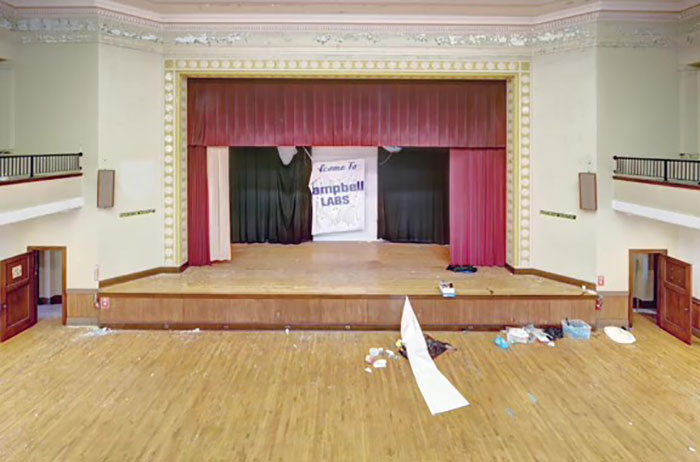
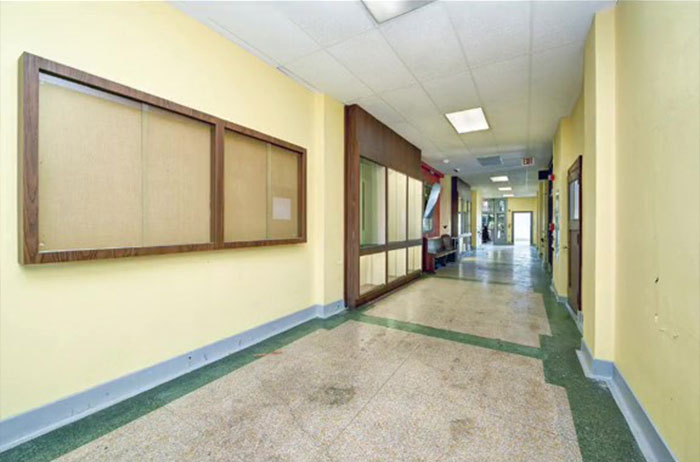
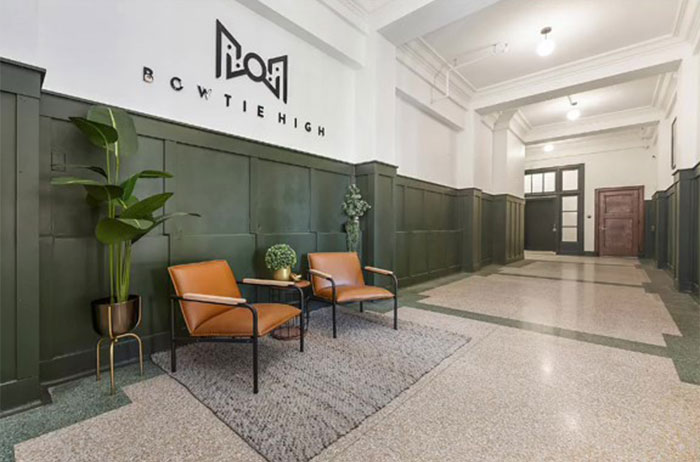
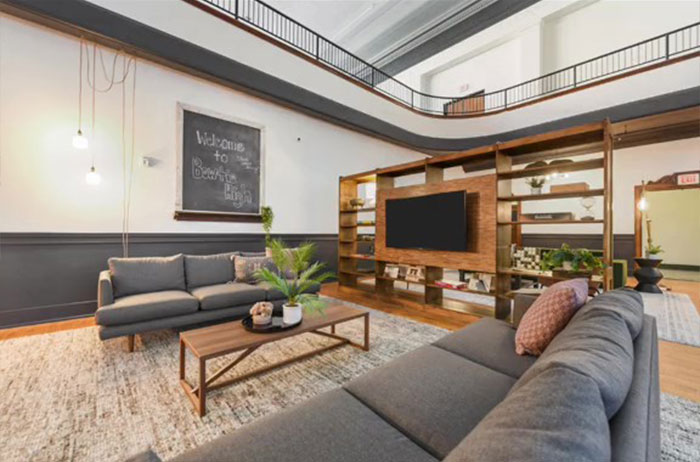
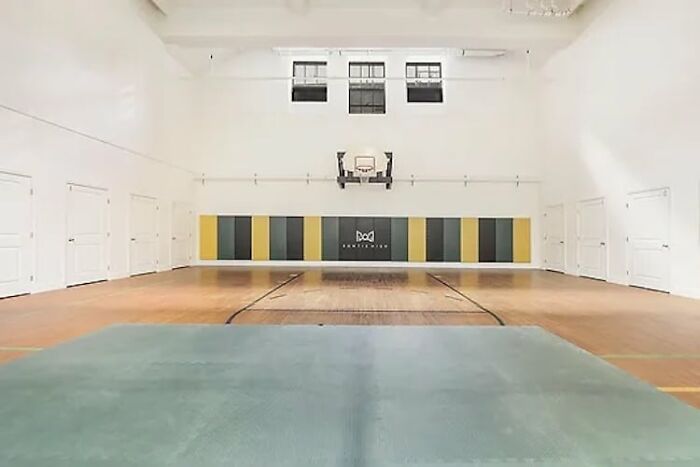
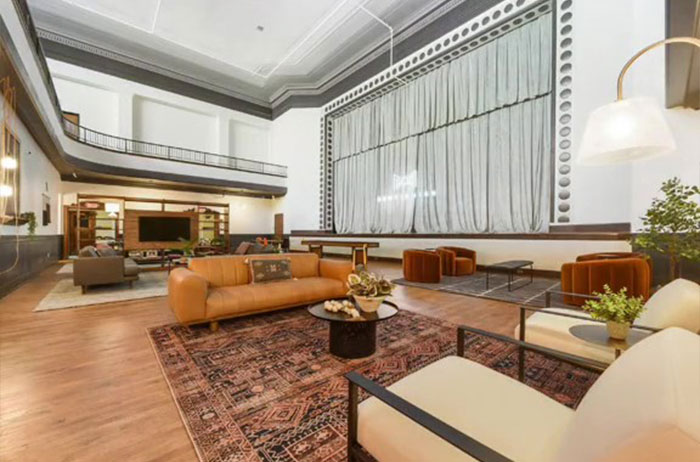
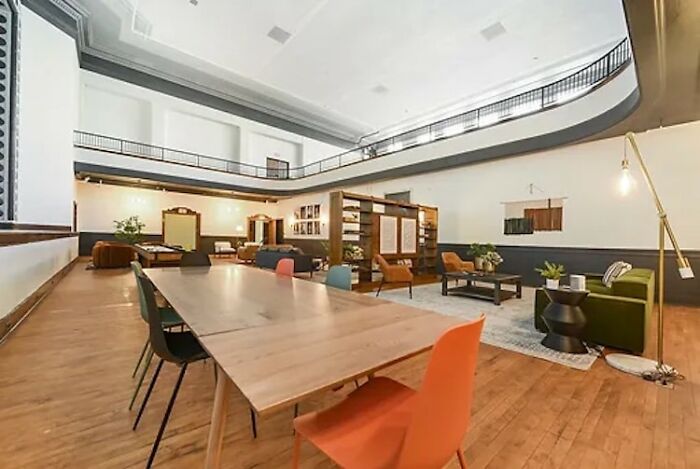
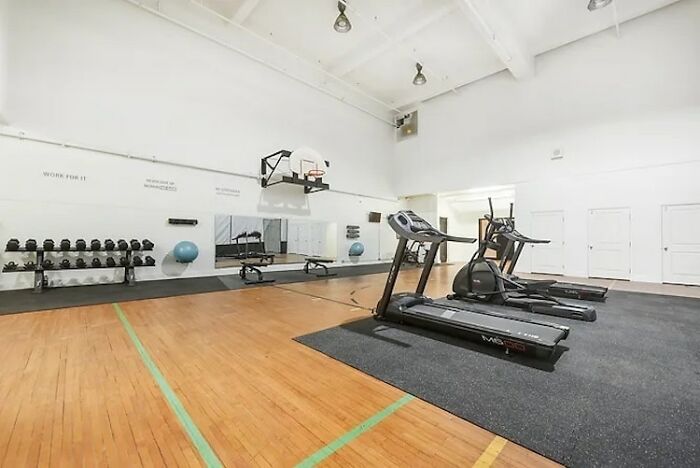
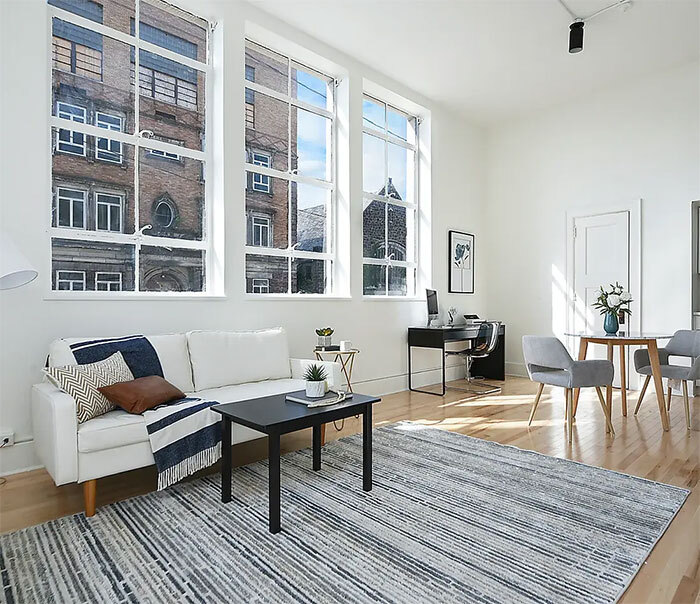
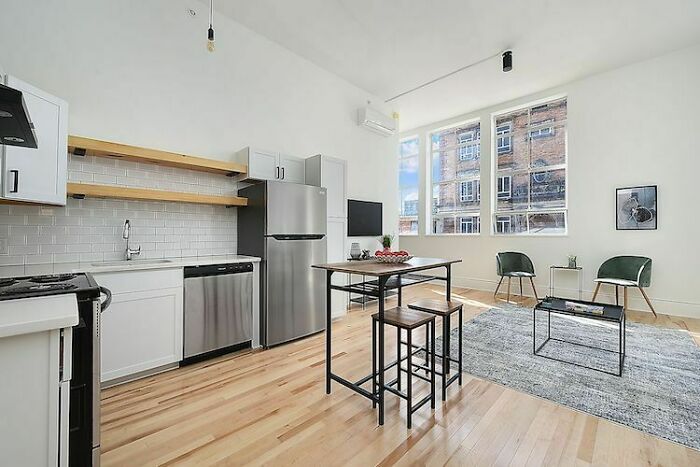
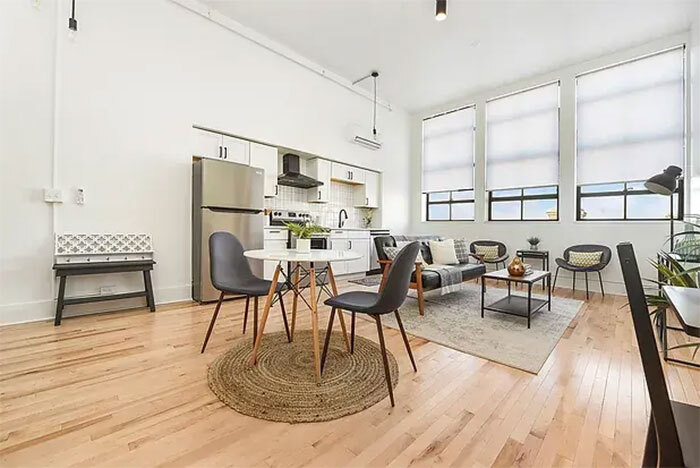
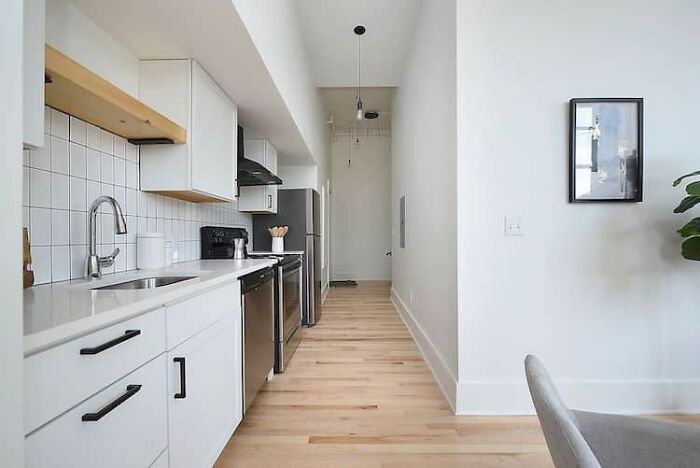
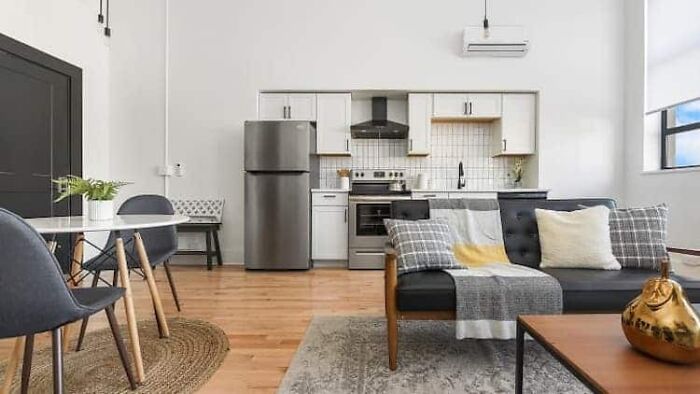













99
29